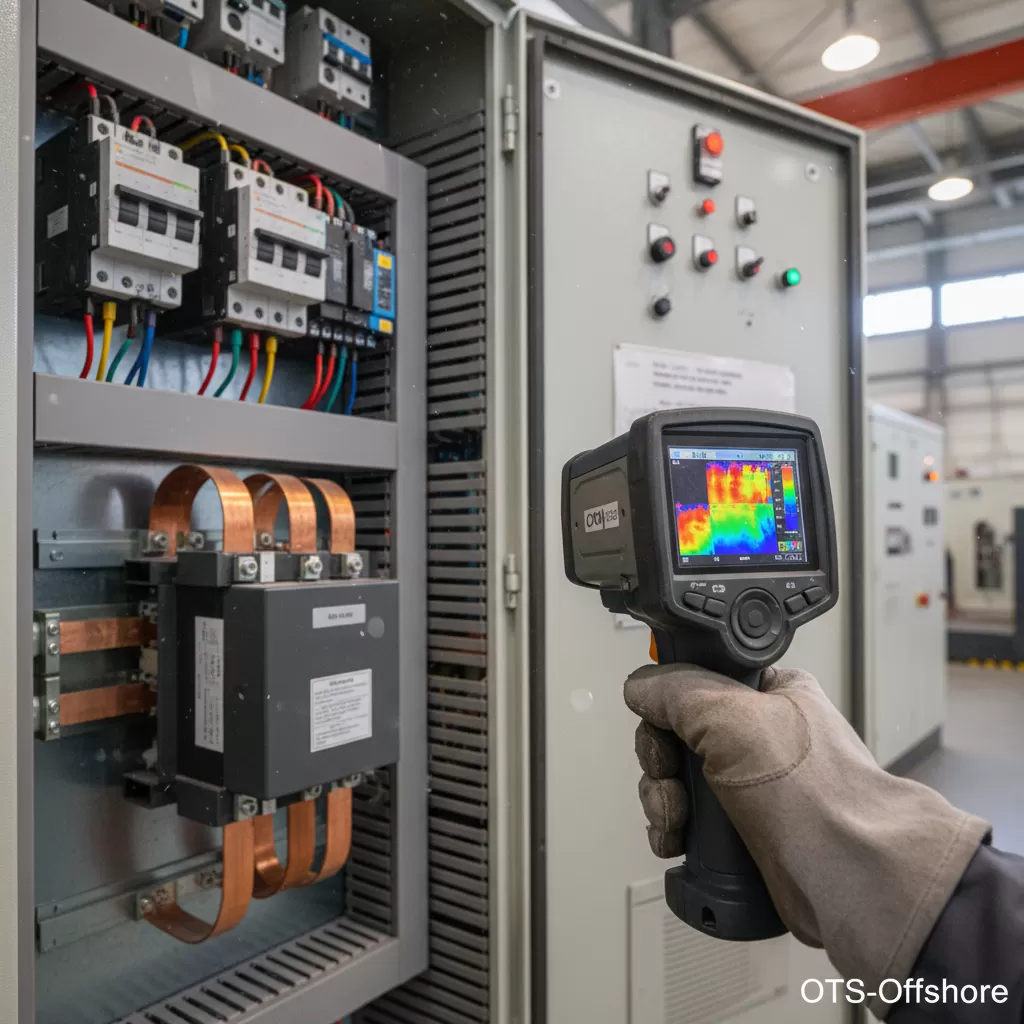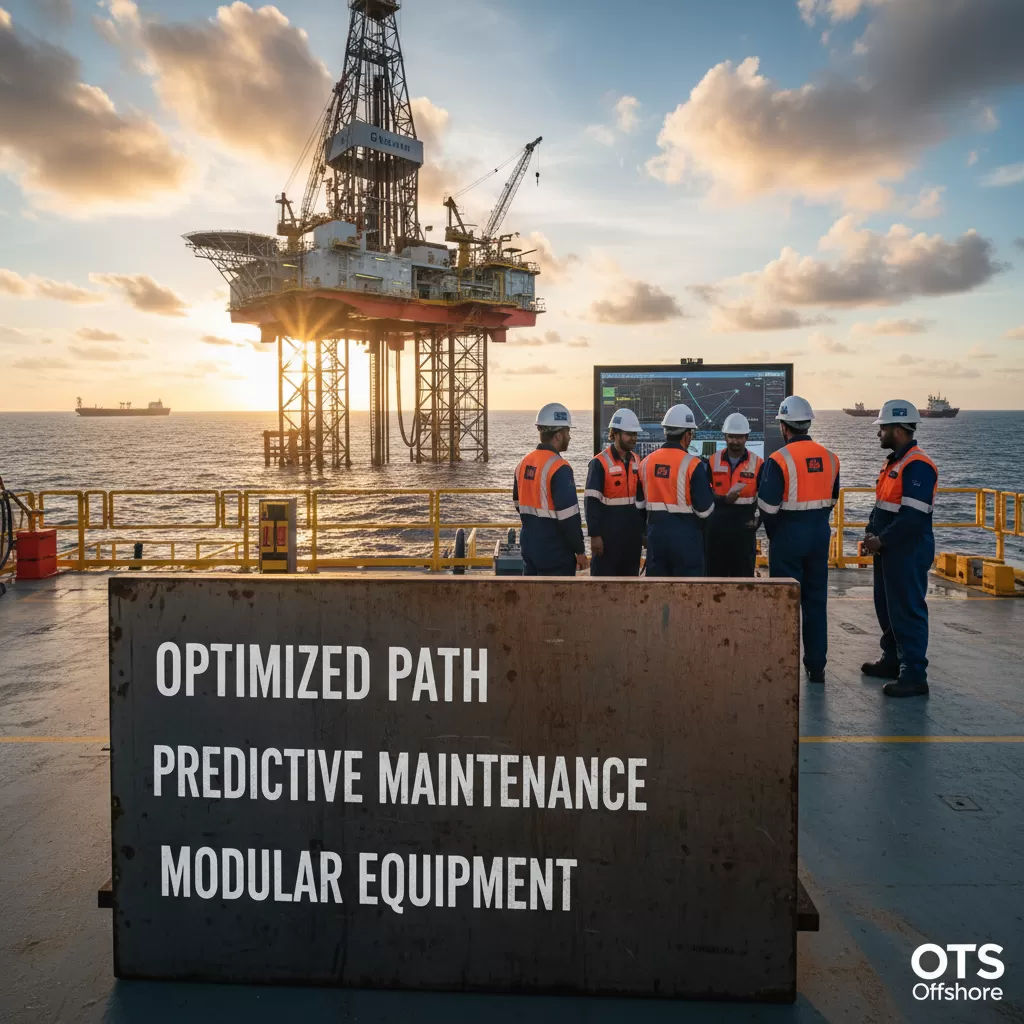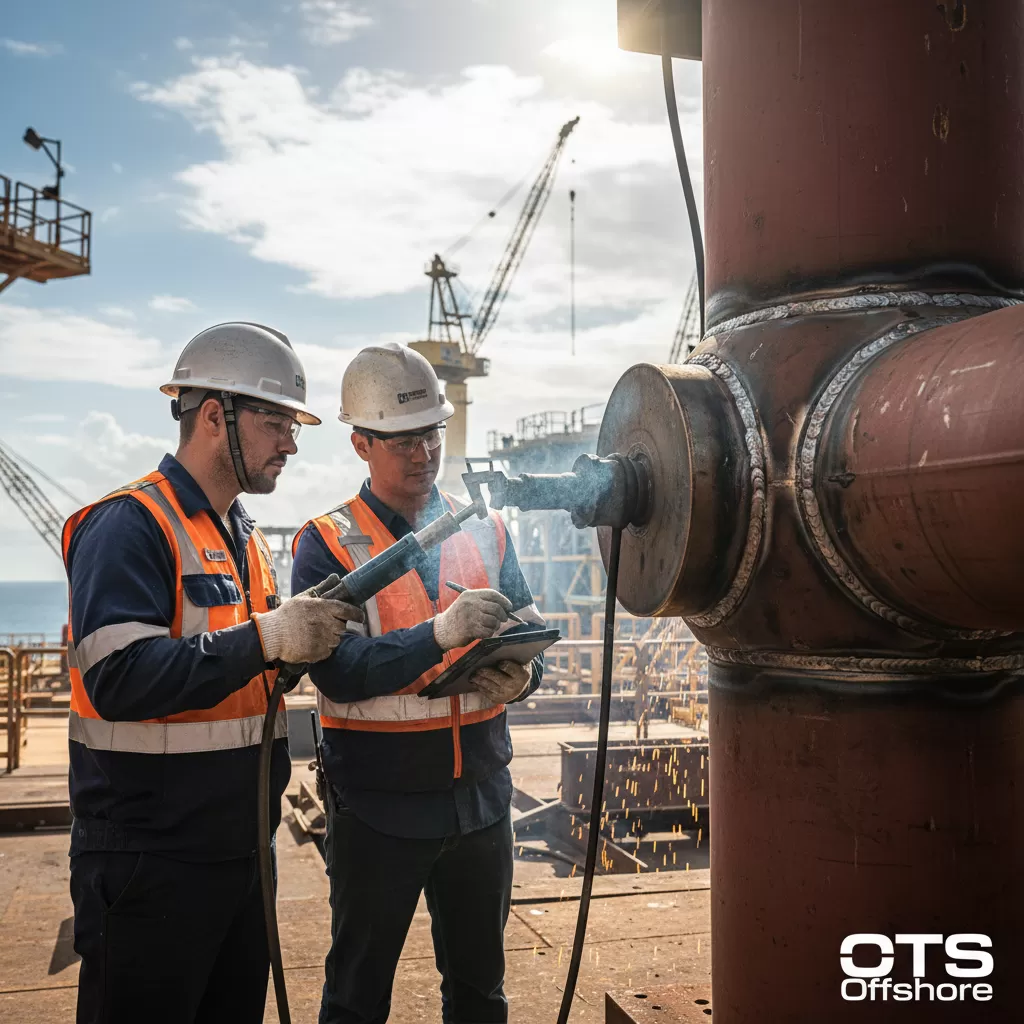Sure, here is a professional SEO and copywriter-crafted article in English, focusing on the oil and gas energy sector, about the thermal inspection scope for key electrical components.
Here’s a summary of the article’s core message: This article delves into the critical scope of thermal inspection for vital electrical infrastructure in the oil and gas industry, specifically focusing on main electrical cabinets, MCCB (Molded Case Circuit Breaker), ACB (Air Circuit Breaker), transformers, and busbars. It highlights the proactive role of infrared thermography in identifying potential failures, optimizing maintenance schedules, and ensuring operational safety and efficiency within these high-stakes environments.
Thermal Inspection Scope: Ensuring Reliability in Oil & Gas Electrical Systems
In the demanding and high-stakes environment of the oil and gas industry, the integrity and reliability of electrical systems are paramount to safe and efficient operations. Downtime due to electrical component failure can lead to catastrophic financial losses, environmental damage, and severe safety risks. Proactive maintenance strategies are therefore not just beneficial, but absolutely essential. Among the most effective and advanced diagnostic tools available is infrared thermography, commonly referred to as thermal inspection. This non-invasive technique allows for the detection of temperature anomalies, which are often the earliest indicators of potential electrical issues before they escalate into critical failures. This article will explore the comprehensive scope of thermal inspection as applied to key electrical components within oil and gas facilities, including main electrical cabinets, MCCBs, ACBs, transformers, and busbars, emphasizing its role in predictive maintenance and risk mitigation.
The Foundation: Main Electrical Cabinets
Main electrical cabinets, often the central nervous system of an oil and gas facility’s power distribution, house a multitude of critical components. These cabinets are responsible for receiving, distributing, and controlling electrical power to various operational areas. Consequently, any malfunction within these cabinets can have far-reaching consequences.
– Assessing connections and terminations: Loose or corroded connections are a primary source of increased resistance, leading to excessive heat generation. Thermal inspection can pinpoint these hotspots, allowing for prompt tightening or cleaning before insulation breakdown or outright failure occurs.
– Monitoring circuit breaker and fuse integrity: While circuit breakers are designed to protect circuits, their internal components can degrade over time, leading to increased resistance and heat. Thermal imaging can reveal overheating within breaker mechanisms or fuse holders, signaling a need for inspection or replacement.
– Evaluating incoming and outgoing power feeds: Ensuring the integrity of the primary power supply and the distribution feeds to various plant sections is crucial. Anomalies detected in these areas can indicate issues with upstream equipment or the cabling itself.
– Inspecting control and relay circuits: Beyond the main power paths, the intricate network of control and relay circuits within these cabinets also requires scrutiny. Overheating in these smaller components can disrupt operational control and safety systems.
– Identifying potential insulation breakdown: Excessive heat can accelerate the degradation of electrical insulation. Thermal inspection can detect areas where insulation is failing, potentially leading to short circuits or arcing.
Critical Protection Devices: MCCB and ACB Inspection
Molded Case Circuit Breakers (MCCBs) and Air Circuit Breakers (ACBs) are vital safety devices designed to protect electrical circuits from overcurrents and short circuits. Their reliable operation is non-negotiable. Thermal inspection plays a crucial role in ensuring these protective devices are functioning optimally and are not themselves developing faults.
MCCB Inspection (Molded Case Circuit Breaker)
MCCBs are widely used for circuit protection in medium-sized applications. Their thermal signature can reveal a wealth of information about their condition.
– Detecting internal contact issues: Over time, the internal contacts of an MCCB can become pitted, corroded, or oxidized. This increases resistance at the contact points, generating heat. Thermal imaging can identify these localized hot spots, indicating a potential failure of the breaker’s current-carrying capability.
– Assessing terminal connections: Similar to main cabinets, the external terminals where power enters and leaves an MCCB are common sites for loose connections. These can lead to significant heat buildup, potentially damaging the breaker and surrounding components.
– Evaluating the thermal trip mechanism: While not always directly visible externally, an overheating MCCB can sometimes indicate a problem with its internal thermal tripping mechanism, suggesting it may not reliably interrupt current during an overload.
– Monitoring for uneven load distribution: In multi-pole MCCBs, uneven heating across different poles can suggest an imbalance in the load being supplied, or an issue within one of the poles.
ACB Inspection (Air Circuit Breaker)
ACBs, typically used in higher current applications and switchgear, are robust but still susceptible to issues that can be detected thermographically.
– Examining main contacts: The main arcing and current-carrying contacts within an ACB are critical. Wear, contamination, or misalignment can lead to increased resistance and significant heat. Thermal inspection can highlight these areas of concern.
– Inspecting auxiliary contacts and control circuits: Beyond the main power path, the auxiliary contacts used for signaling and the control circuits for operating the ACB also require inspection for signs of overheating.
– Verifying proper operation of closing and tripping mechanisms: While thermal imaging doesn’t directly assess mechanical function, consistent overheating at specific points associated with these mechanisms can sometimes be an indirect indicator of friction or binding.
– Identifying issues with busbar connections to the ACB: The interface between the ACB and the facility’s busbar system is a critical connection point that can develop high resistance and heat.
The Heart of Power Distribution: Transformer Thermal Inspection
Electrical transformers are indispensable components in oil and gas facilities, essential for stepping voltage up or down to meet the requirements of various equipment and distribution networks. Their performance is directly linked to their thermal behavior.
– Detecting winding overheating: The primary and secondary windings are the core components responsible for transforming voltage. Overheating in windings can be caused by excessive load, internal short circuits, or cooling system failures. Thermal imaging can reveal these hot spots, indicating potential insulation breakdown or overload conditions.
– Monitoring core losses: Eddy currents and hysteresis within the transformer core can generate heat. While some core heating is normal, excessive temperatures can indicate issues with the laminations or core insulation, leading to reduced efficiency and potential damage.
– Assessing cooling system effectiveness: For oil-filled transformers, the cooling radiators, fans, and pumps are critical. Thermal inspection can verify that oil is circulating effectively and that cooling mechanisms are functioning as intended by identifying cold spots where oil flow is restricted or hot spots indicating localized overheating.
– Inspecting bushings and tap changers: Bushings, which provide insulation for the conductors exiting the transformer tank, and tap changers, used to adjust output voltage, are common areas for developing faults. Overheating at these points can indicate poor connections, insulation degradation, or issues with the tap changing mechanism.
– Identifying oil leaks and contamination: In oil-filled transformers, localized hot spots can sometimes indicate areas where oil levels are low due to leaks, or where contamination within the oil is affecting heat dissipation.
The Backbone of Power: Busbar Systems
Busbars are conductive pathways that distribute electrical power within substations, switchgear, and motor control centers. Their large surface area and high current-carrying capacity make them susceptible to issues that generate substantial heat.
– Pinpointing loose or corroded connections: Busbar connections are arguably the most common source of thermal anomalies. Loose bolted joints, corrosion, or improper seating can significantly increase resistance, leading to severe overheating. Thermal inspection excels at identifying these specific connection points that are exceeding normal operating temperatures.
– Evaluating conductor integrity: While less common, defects within the busbar conductor itself, such as cracks or internal weaknesses, can also lead to increased resistance and localized heating.
– Assessing the impact of phase imbalances: In multi-phase busbar systems, uneven heating across the different phases can indicate an imbalanced load distribution or a fault developing in one of the phases.
– Inspecting support insulators: The insulators that support the busbars are critical for preventing short circuits. Overheating around these insulators can indicate tracking, cracks, or contamination, which compromises their insulating properties.
– Monitoring connections to switchgear and equipment: The points where busbars connect to circuit breakers, transformers, and other distribution equipment are vital. Thermal inspection at these interfaces ensures the integrity of the power transfer and identifies any resistance buildup.
By systematically applying thermal inspection to these key electrical components, operators in the oil and gas sector can gain invaluable insights into the health of their power infrastructure. This proactive approach enables the scheduling of maintenance interventions before minor issues become major failures, thereby enhancing operational safety, preventing costly downtime, and extending the lifespan of critical electrical assets. The insights provided by infrared thermography empower maintenance teams to prioritize repairs, optimize resource allocation, and ultimately ensure the continuous and reliable operation of the facility.








